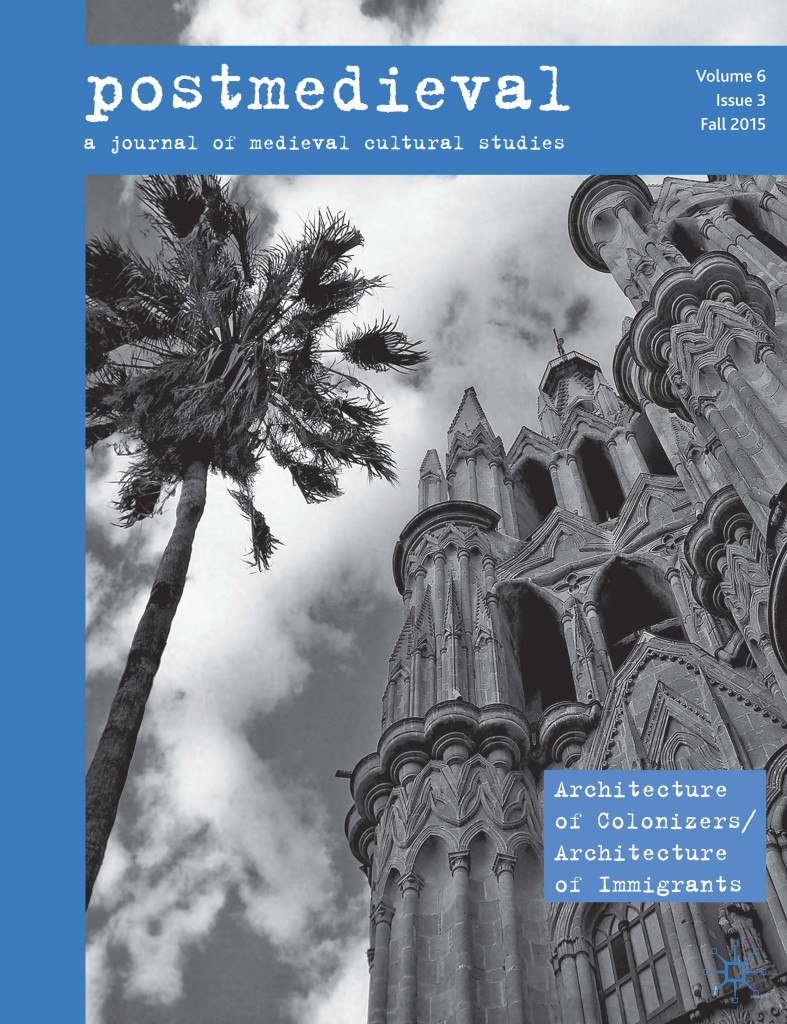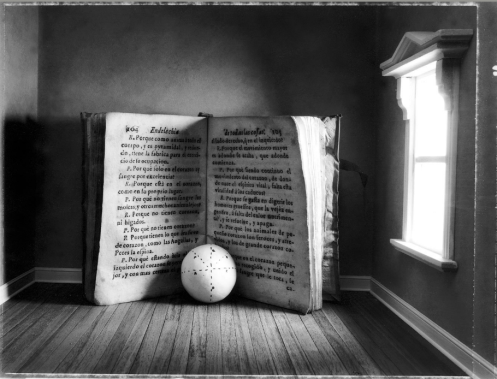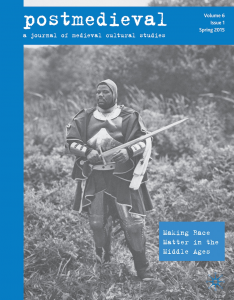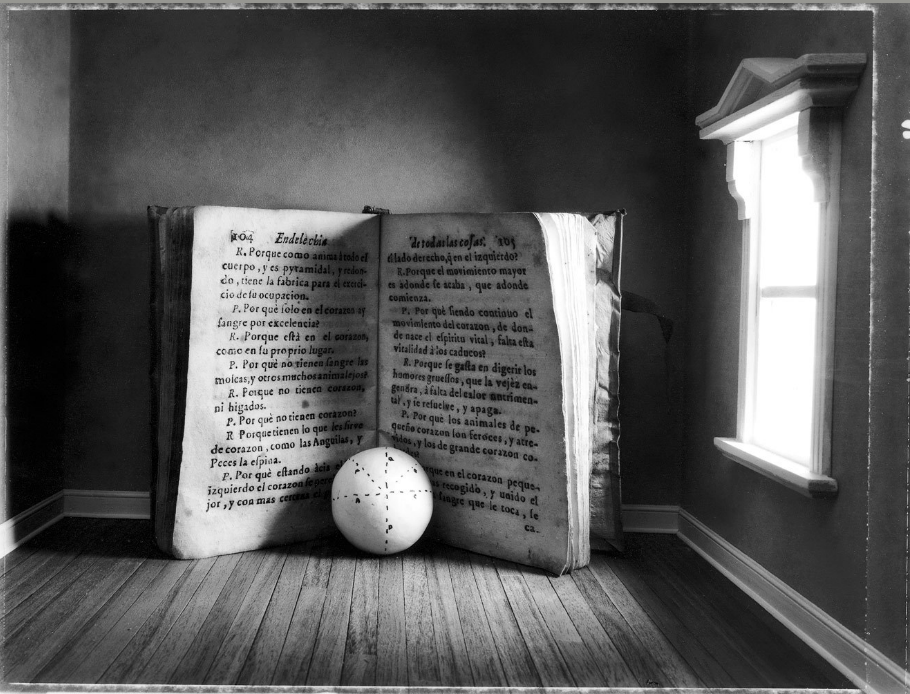THURSDAY 10 AM Fetzer 1005
Carolyn Dinshaw’s Chaucer’s Sexual Poetics, 1990–2015
Sponsor: BABEL Working Group
Presider: Bruce Holsinger
Hermeneutics as Autobiography Steven F. Kruger, Queens College and Graduate Center, CUNY
Glosynge Is a Glorious Thynge Emma Maggie Solberg, Bowdoin College
The Tex(t)ual Body Myra Seaman, College of Charleston
Materna Lingua Nicholas Watson, Harvard Univ.
Chaucer’s Deadly Text Lynn Shutters, Colorado State Univ.
Documents and Doctrine: A Case for Chaucer’s Discerning Women Elizabeth Robertson, Univ. of Glasgow
Response: Carolyn Dinshaw, New York Univ
THURSDAY 3:30 PM Sangren 1710
Critical Imperative: The Future of Feminism
Sponsor: Exemplaria: Medieval / Early Modern / Theory
Organizer: Patricia Clare Ingham, Indiana Univ.–Bloomington
Presider: Tison Pugh, Univ. of Central Florida
Feminism beyond Skepticism Ruth Evans, St. Louis Univ.
New Materialism and the Future of Feminism: The Case of Le Menagier de Paris Glenn Burger, Queens College and Graduate Center, CUNY
Not Your Mother’s Historical Continuity: Feminism, Historicism, and the Case of Christine de Pizan Lynn Shutters, Colorado State Univ.
THURSDAY 5:15 p.m. Fetzer 1035
BABEL Working Group and the Material Collective
Reception with open bar
Please bring your ideas for next year’s BABEL + postmedieval sessions!
















